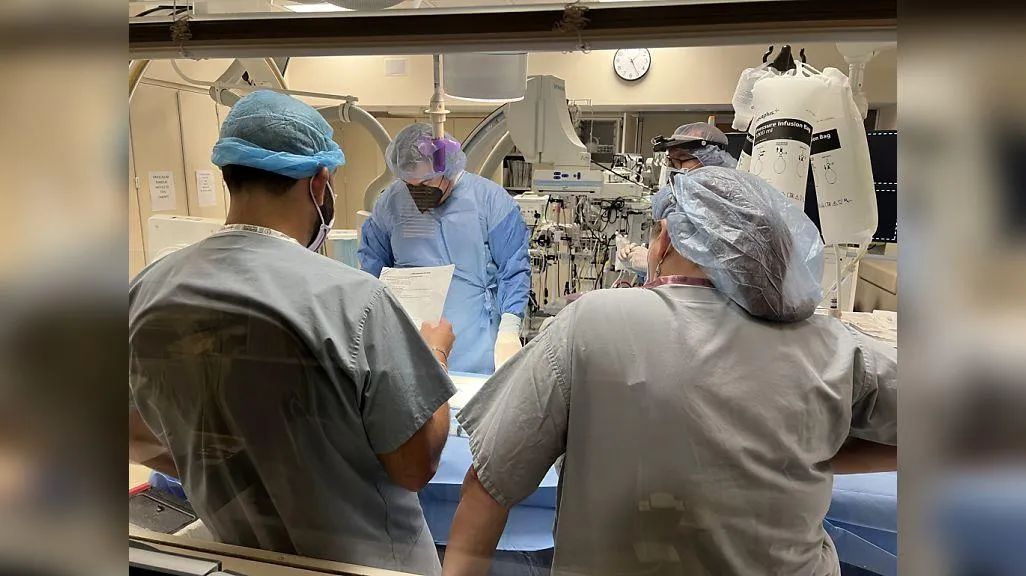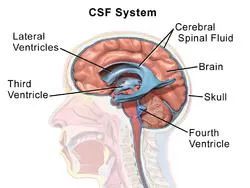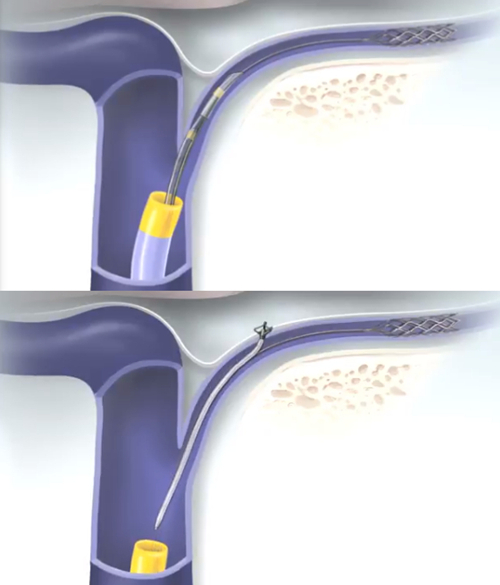9F, Zhongrui Jumei Building, 68 Jiuzhang Road, Suzhou Industrial Park, Jiangsu Province
Medical information
Yale University Neurosurgeon Achieves First Intravascular Implantation Device for Hydrocephalus
Charles Matouk, MD, a leading expert in the field of neurovascular surgery, and his team at Yale University School of Medicine are currently seeking ways to treat adult hydrocephalus. They are the first research team in the United States to implant eShunt minimally invasive technology devices

Hydrocephalus is a common neurosurgical disease that can lead to the accumulation of cerebrospinal fluid (CSF) in the brain. It often causes headaches, nausea and vomiting, gait disorders, loss of balance, lethargy, impaired vision, memory loss, and mild dementia in patients
Currently, the most common treatment is ventriculoperitoneal (VP) shunt, but there is still room for improvement. It requires drilling holes in the skull and implanting long shunt tubes that extend from the brain to the abdomen, an invasive technique that often presents complications. In the scientific literature, 40% of cases can lead to complications or death within a year; 50% of cases can lead to complications or death within two years
Dr. Matouk, associate professor of neurosurgery at Yale University School of Medicine and director of neurovascular surgery at Yale New Haven Hospital, led the highest volume normal intracranial pressure hydrocephalus (NPH) project in Connecticut. The plan provides professional and systematic methods to more accurately predict whether patients will respond well to treatment

Dr. Matouk said that the high number of patients and neurovascular expertise make Yale an ideal clinical venue for studying eShunt devices. The eShunt system, invented by neurosurgeons Carl Heilman, MD, and Adel Malek, MD, uses neurovascular technology to move blood vessels up from the legs to the base of the skull. Surgeons use a needle with a miniature stent to enter the affected area at the bottom of the skull - the part of the brain that holds cerebrospinal fluid. When the needle is pulled out, a three centimeter bracket is left to allow excess liquid to drain. This tiny shunt reduces the need to use long plastic tubes that penetrate under the skin to discharge brain CSF into the abdominal cavity

Recently, neurosurgeons have only used intravascular techniques to treat cerebrovascular diseases such as aneurysms, strokes, arteriovenous malformations, strokes, and carotid stenosis. These technologies have achieved great success in reducing patient complications and recovery time. "Currently, surgeons are exploring ways to use blood vessels to enter other parts of the brain," Dr. Matouk said. Last year, a group of scientists from Mount Sinai took the lead in implanting brain computer interfaces into blood vessels to help patients convert their ideas into digital output. The eShunt device is the second example of an interventional device for treating brain problems that do not involve cerebral blood vessels
Dr. Matouk has witnessed the maturation of the field of endovascular surgery. Currently, achieving miniaturization of equipment will open the door to innovation for surgeons
Reference source: https://medicine.yale.edu/neurosurgery/news-article/yale-neurosurgeons-implant-first-endovascular-device-for-hydrocephalus-in-north-america/

